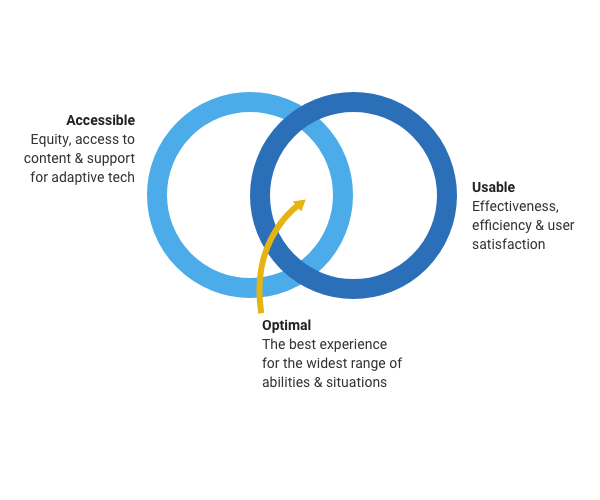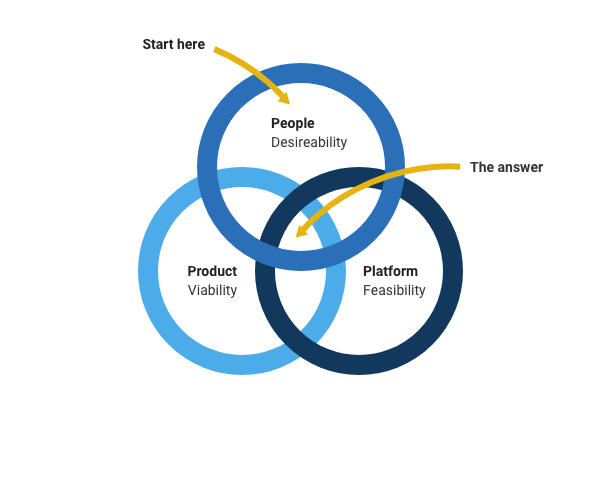my approach
-
Design solves problems. How you think about design affects your solution. Human-centered design has an intense focus on understanding the people perspective. HCD starts with empathy and leads naturally to advocacy for accessibility and inclusivity. Design for the broadest possible user group, and you'll create an optimal user experience for everyone.
To see more about my approach, scroll on! -

-
Human-centered design is a mindset. HCD embraces collaboration, optimism and ambiguity. It favors small time scales and routine feedback. HCD is also practical. Every problem is solvable, but designing for human-system interaction can be a three-ring circus. The most durable solutions center on the needs of people, and also consider the requirements of products and platforms.
-

-
HCD is the mindset; design thinking is the process. People-focused and powered by creativity, design thinking promotes divergent and convergent phases. For example, research opens your thinking to a range of solutions; synthesis narrows-in on the more viable directions. Feedback loops and revision cycles are features of every phase. In simplest terms, the strategy is: explore, create, iterate, learn and improve.
-

-
Human-centered design and design thinking together are a relevant, practical combo that aligns perfectly with the user-centered problem-solving techniques I've used throughout my career. What you'll see on this site is my application of HCD processes and thinking tailored to the needs of several kinds of projects.
"There are coincidences."